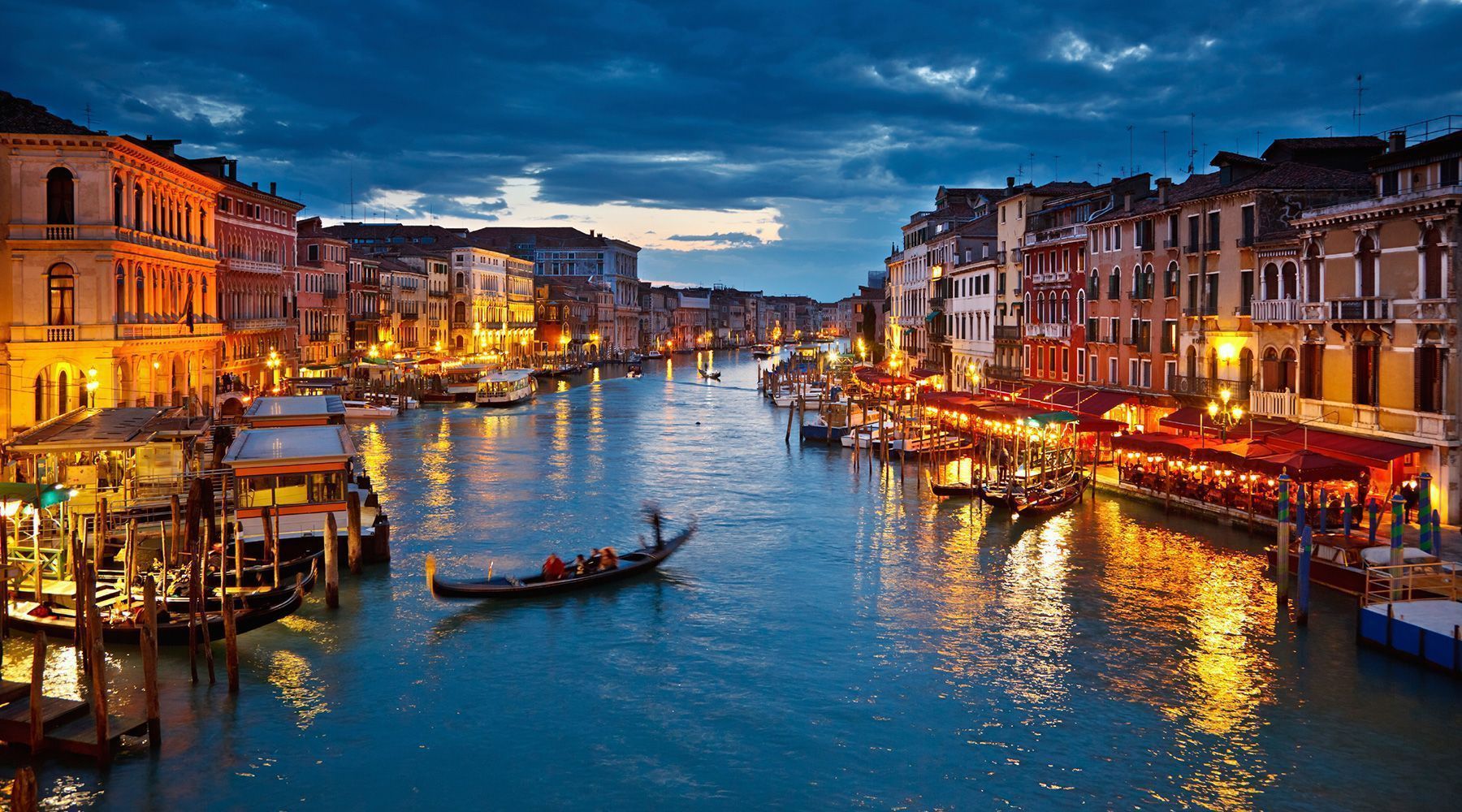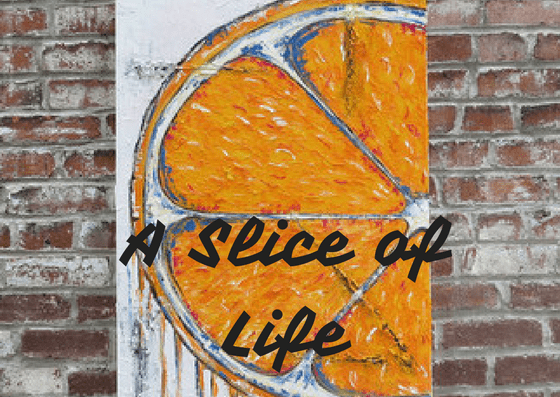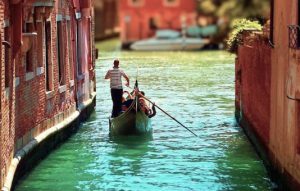Reading Time: 4 minutes
Ruchira takes us on a tour of Venice, a quaint city built on a cluster of 118 islands, in the weekly column, exclusively for Different Truths.
This quaint city built on a cluster of 118 islands, off the coast of northeastern Italy, has evoked fantasy, and imagination down the centuries. Its appearance has remained static for more than 600 years now. The City of Canals as it is nicknamed looks straight out of a picture book. Though not as copious as Florence yet Venice is a treasure trove of Renaissance art & architecture. Visitors from all parts of the globe flock here to drink its beauty in depth. In recent times the place has emerged as is a favorite honeymoon destination for affluent, fashionable young couples.
Venice on Foot
When I was in Venice for two pleasant October days, many moons ago, I was barely into my twenties. So the honeymoon fantasy did not happen (giggle). After our group arrived here we were taken directly to Murano – one of the islands which comprise Venice – to get a firsthand experience of glass blowing art for which the city is reputed. It was wonderful to watch how the workers deftly handled the molten mass lending it fantastic eye-catching shapes in the space of few minutes. Yes, it was an exciting array of vases, bottles, animal and bird decoration pieces and what have you.
Of Canals & Bridges
We were amazed to discover there were no roads in Venice. Instead, the entire city was crisscrossed by 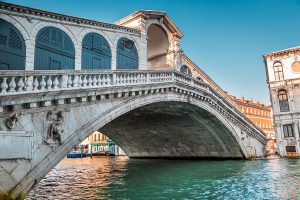

Churches & Palazzos
The beautiful 15th-century palazzo Ca’d’Oro, was designed by architect Giovanni Bon and his son Bartolomeo. Although the original gold façade which gave the place its nickname is gone, the now pink-and-white building houses magnificent works of art.
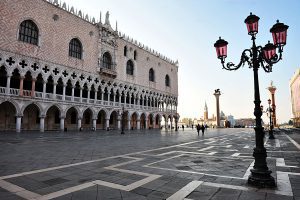

A visit to the Ca’ Rezzonico is a must. Situated bang on the Grand Canal the palace has been used as the venue for the shooting of many a Hollywood blockbuster. The palace now functions as a museum of Renaissance art. Did you know the famous British poet Robert Browning had lived in this spacious mansion during his sojourn in Italy?
The Rialto Bridge is one of the four bridges spanning the Grand Canal. For three centuries, it was the only way to cross the Grand Canal on foot. The single span stone bridge, designed by Antonio da Ponte was completed in 1591 to replace the original wooden bridge. The bridge has emerged as one of the architectural icons of Venice.
Venice’s main public square is the Piazza San Marco. This has always been the city’s nerve centre and the most happening place. Dotted with numerous open-air cafés and famous edifices. Tourists need to traverse the square to visit the canal network.
Ride on the Waters
The ideal way to explore Venice is to take a gondola ride down the Grand Canal. Here you will not find 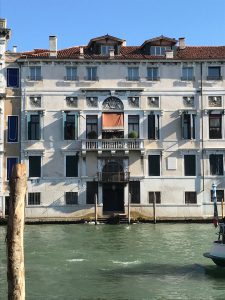

If you have enough time on your hands, it is worthwhile to go on a gondola ride early in the morning. The sun’s rays shimmering on the waters is a visual delight. After sundown, the Canal’s contour changes. The silhouettes of the buildings coupled with lights spilling from numerous windows and doorways lend it the otherworldly look.
©Ruchira Adhikari Ghosh
Photos from the Internet
#Venice #LordByron #Gandola #GrandCanal #Churches #TimeToVisitVenice #VeniceTour #VeniceOnFoot #GoticAndRenaissanceArchitecture #VeniceTrip #118IslandsOfVenice #TravelAndGetaway #SliceOfLice #DifferenTruths

